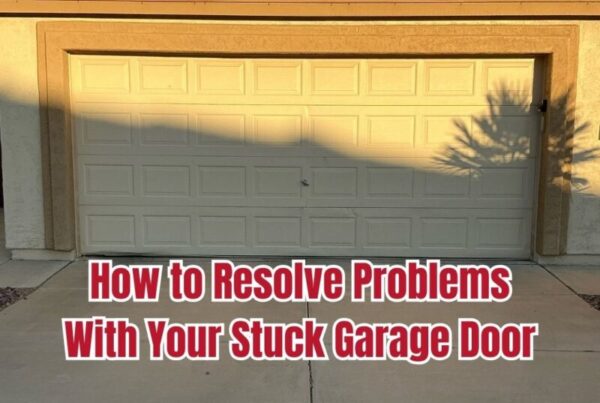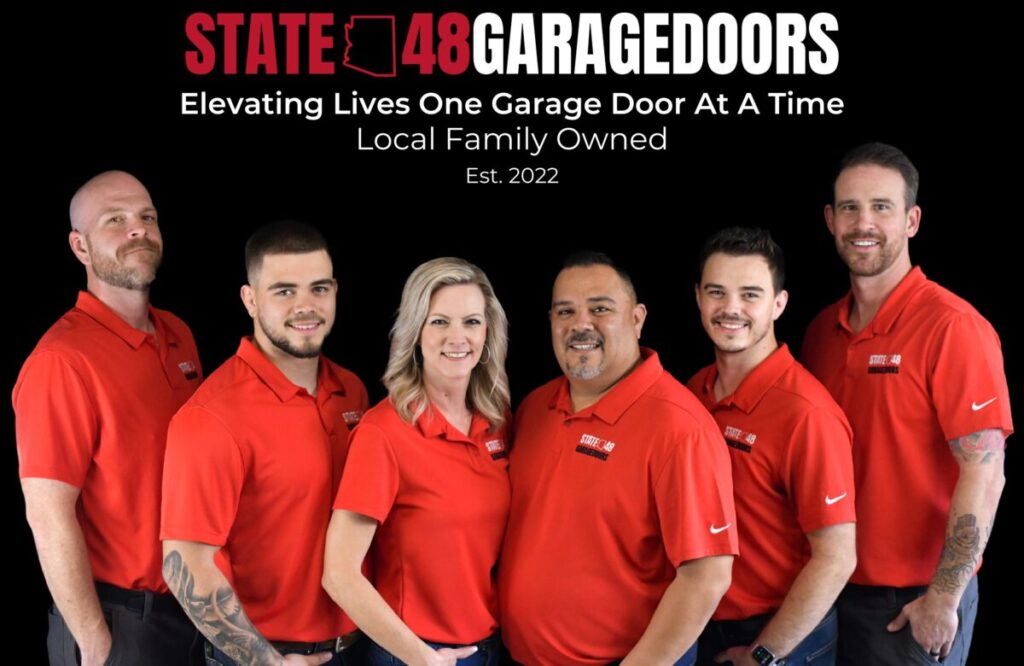
How Often Should You Service Your Garage Door
Do you know when your garage door needs a professional check-up? I recently learned that regular servicing can prevent unexpected breakdowns and keep your door operating smoothly. In this post, I’ll cover the recommended frequency for professional servicing, explain what happens during a standard garage doorinspection, and share signs that indicate immediate attention is needed. This content aims to make maintenance less confusing and help you avoid costly repairs. Enjoy a clear, concise guide that directly serves your garage door needs.
Recommended Frequency for Professional Garage Door Service

I suggest an annual technicianinspection to keep your door working smoothly, especially checking elements like glass and nut components. For older or frequently used doors, consider biannual service, adjusting to seasonal climate shifts. Following manufacturer guidelines helps reduce friction and extends door life while ensuring safe operation. Enjoy peace of mind with routine care.
Aim for at Least One Annual Garage DoorInspection
I believe that scheduling a yearly checkup with a trusted overhead door company can prevent issues like corrosion and unexpected repairs, ultimately reducing the overall cost of maintenance while boosting safety. My experience shows that consistent annual inspections keep your door performing well and help catch small problems before they turn into major concerns, ensuring you and your family feel secure.
Consider Biannual Service for Older or Heavily Used Doors
I’ve noticed that older and heavily used doors benefit significantly from service every six months because it helps clear out debris, apply penetrating oil on moving parts, and ensure that every component from the craftsman-built mechanisms to the remote control is operating as it should—this proactive approach also helps with insurance claims if any issues arise unexpectedly.
Aligning Service With Seasonal Changes
I’ve found that adjusting service schedules with the seasons is a smart way to manage the stress of unexpected breakdowns, especially when you’re treating your garage door as a valuable investment. I recommend checking levels of electrical wiring and other moving parts to ensure you’re not caught off guard and forced into an emergency call for a repair garage door.
Why Manufacturer Recommendations Matter
I believe following the manufacturer’s recommendations can significantly reduce wear and tear on your door, whether you’re near luke air force base or living in arizona, and has helped me maintain high customer satisfaction while keeping within my budget by preventing expensive repairs:
Factors That Adjust Your Garage DoorMaintenance Timeline

I consider factors like local climate effects, daily door use, system age and model, and materials used in your garage door construction. I also review your record of past repairs to plan future installations. Whether you’re in a small village on united states soil or need emergency service after a new paint finish, these topics guide my maintenance advice.
Impact of Your Local Climate Conditions
I’ve seen firsthand that climate factors greatly affect garage door upkeep, especially in areas like phoenix where intense heat and desert conditions intensify wear and tear on components like the bracket, which in turn influences a service company’s reputation. I adjust my approach based on these factors by scheduling more frequent checks during extreme weather:
- Assessing heat-related stress on door materials
- Inspecting brackets for signs of damage
- Reviewing maintenance logs in relation to local weather changes
How Often You Operate Your Garage Door Daily
I find that how frequently you operate your door daily plays a big role in setting your maintenance schedule, affecting everything from quick inspections to regular grease treatments that keep the door running smoothly from the floor up. My experience with better business bureau-approved service providers has shown that heavy usage often means planning for more comprehensive care, with potential garage door replacement on the horizon if early signs of wear start to show:
The Age and Model of Your Garage Door System
I have seen that the age and model of your garage door system play a key role in determining how often it should be maintained. Older systems with worn-out sensors or deteriorating garage door springs, a tired strut, and compromised bearing often need more frequent checks to prevent costly issues, making home improvement routines crucial for reliable operation:
- Examine sensor performance
- Inspect garage door springs
- Assess strut condition
- Ensure bearings are properly lubricated
Materials Used in Your Garage Door Construction
I often check the materials used in my garage door construction because I want to ensure smooth motion and reliability, especially when dealing with torsion spring systems that can affect a quality garage‘s overall performance. My experience also reminds me of the importance of selecting durable components, akin to choosing the right plumbing fixtures for your home, and I even share tips on this subject on facebook to help others make informed decisions.
Your Past Record of Garage Door Repairs
I keep track of my repair history closely because it helps me spot recurring issues and plan timely oil applications for my garage door garage. My experience with my phoenix garage doorwarranty reminds me that a quick switch to a professional service provider can save time in the long run, making maintenance smoother and more predictable:
What Happens During a Standard Garage DoorInspection
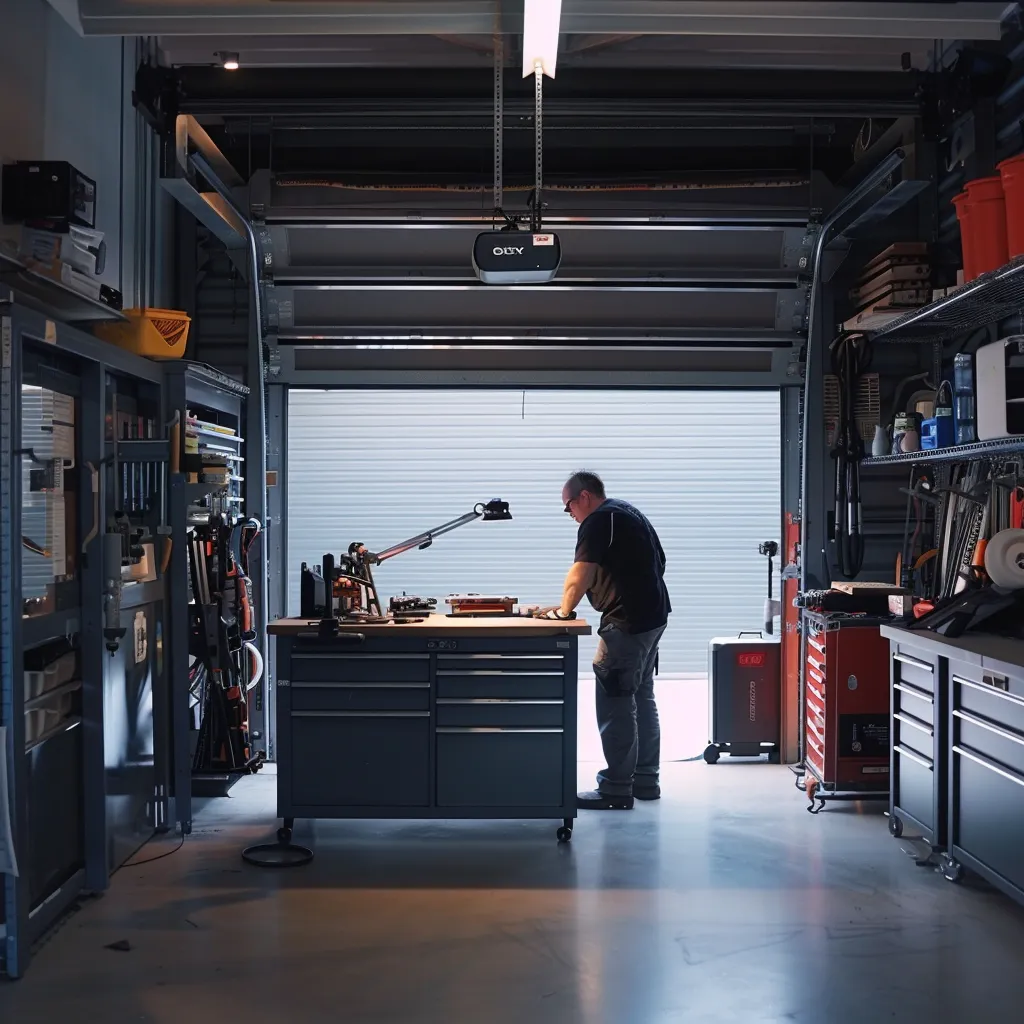
Garage Door Maintenance Routine
My inspection usually begins with checking the springs, rollers, and cables for signs of wear while applying lubricant to all moving parts. Next, I test the door’s balance, verify that the sensors are working properly, and inspect the tracks and hardware for any loose components. When needed, I also send follow-up emails with helpful tips—covering manufacturing details, temperature-related concerns, and even JavaScript fixes for smart garage features.
Checking Springs, Rollers, and Cables for Wear
As part of a routine inspection, I look closely at springs, rollers, and cables to identify any damage that might lead to noisy or unstable door movement. These issues are especially common in regions like the Phoenix metro area, where weather conditions can add extra strain. To prevent further damage, I recommend timely service from professional installers who can handle everything from minor repairs to complete replacements with precision.
Lubricating All Moving Components
Proper lubrication is key to keeping the garage door system running smoothly. I focus on the opener, hinge joints, nylon parts, and the track mechanism—using a high-quality lubricant to reduce friction and minimize noise. In my experience working in areas like the East Valley, regular lubrication helps extend the life of the components and prevents costly breakdowns.
Testing Door Balance and Alignment
I always check the balance by adjusting the screws on the bottom bracket, which helps maintain a smooth and even garage door movement. In my daily maintenance routine, verifying that the door, wood finishes included, aligns properly gives me peace of mind and ensures reliable performance.
Verifying SafetySensor Functionality
I check the safety sensors during an inspection to guarantee that they respond quickly and correctly, protecting your family and property—a step that directly supports your home insurance and enhances overall customer satisfaction. In my experience, ensuring sensors are properly aligned and that the belt system is secure fosters trust, especially in the west valley area, where I often complete payments using a credit card after service. This proactive approach helps prevent potential accidents, saving you time and stress.
Inspecting Tracks and Hardware Tightness
When I inspect the tracks and hardware tightness, I focus on ensuring that the metal components are secure and operating as they should, with insights drawn from chamberlain group guidelines and tips provided by a reliable company. I also check related parts like the keypad and chain drive to confirm all connections are robust and safe to use:
- Reviewing track alignment and condition
- Checking the integrity of hardware connections
- Verifying the functionality of the keypad and chain drive
Identifying Signs Your Garage Door Needs Attention Now
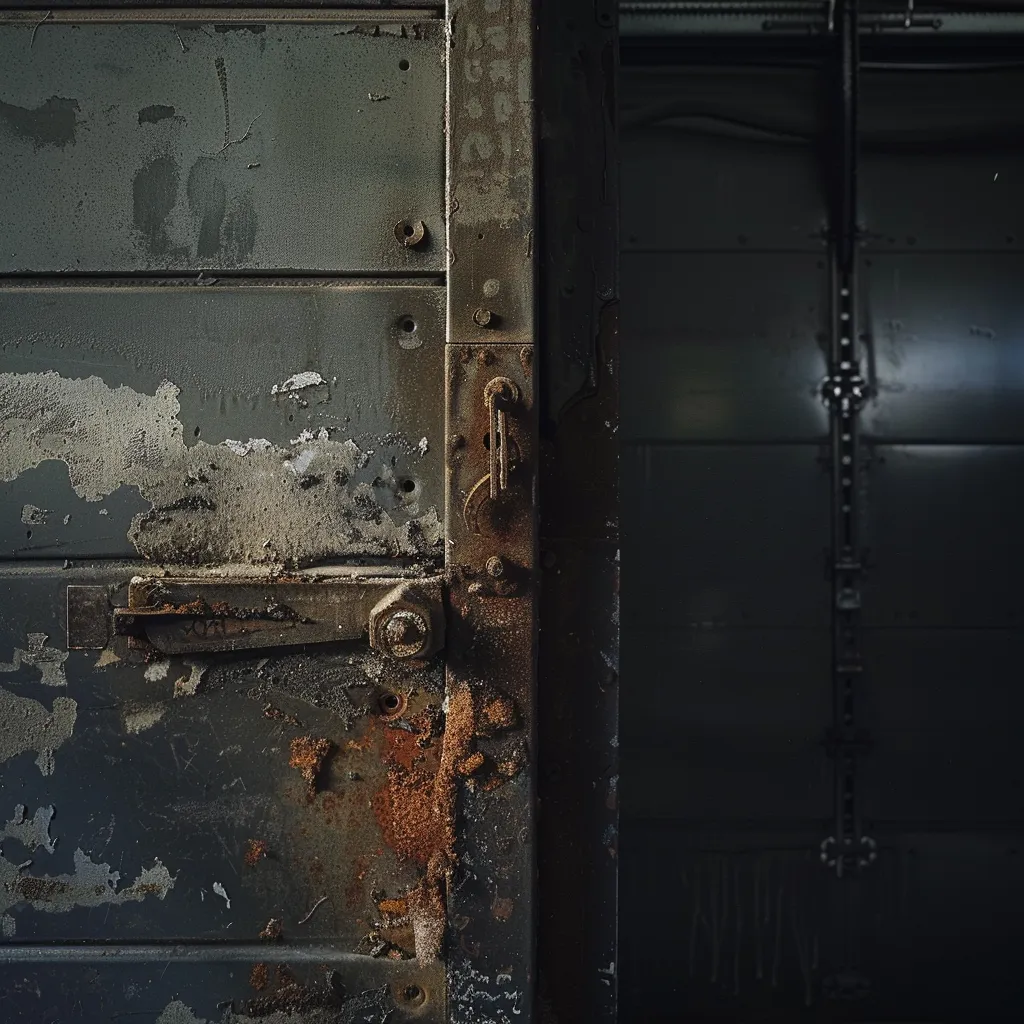
I’ve noticed unusual sounds like grinding and straining, slowed or erratic movement, unexpected reversals, visible panel, spring, or cable damage, and difficulty operating the door manually. I take pride in my home inspection routine, checking for water damage and ensuring I use the proper lubricant for optimal energy efficiency.
Hearing Unusual Sounds Like Grinding or Straining
I’ve noticed that hearing a persistent grinding or straining noise when operating your garage door can signal issues like a worn torsion spring or emerging rust on key components, and I always recommend checking your inventory of service records to spot trends. Based on my experience, timely garage door repair not only increases customer service satisfaction but also prevents minor issues from turning into costly fixes, so don’t ignore these early signs.
Noticing Slowed or Erratic Door Movement
I have observed that when my overhead door slows down or moves erratically, it not only makes me worried about potential hazards but also makes me consider the price of timely garage door repairs. I quickly check the button for any malfunctions and ensure that the components are properly aligned, which helps me avoid bigger issues before they escalate and incur more repair costs.
The Door Reverses Unexpectedly or Won’t Close
I’ve seen firsthand that when my garage door suddenly reverses or won’t close, it’s a clear sign that something isn’t right, whether it’s an issue with tension in the spring system or a sensor error that might require the attention of an expert. I once had a similar problem in Lake Havasu, and a quick search on Google led me to a reliable technician who fixed the problem fast, saving me from a frustrating repair ordeal.
Visible Damage to Panels Springs or Cables
I notice visible damage to panels, springs, or cables can signal that your garage door needs repair sooner than expected; when I see cracked panels or frayed cables during my inspections, I know it’s time to call a professional for a quick fix:
Difficulty Opening or Closing the Door Manually
I have observed that difficulty lowering or raising the garage door manually is a clear signal that maintenance is needed. Every time I experience this, I inspect the system immediately and call for professional service if simple adjustments do not fix the issue. This proactive approach not only helps avoid major repairs but also boosts the reliability of my daily garage door use.
Gains From Regular Garage Door Upkeep
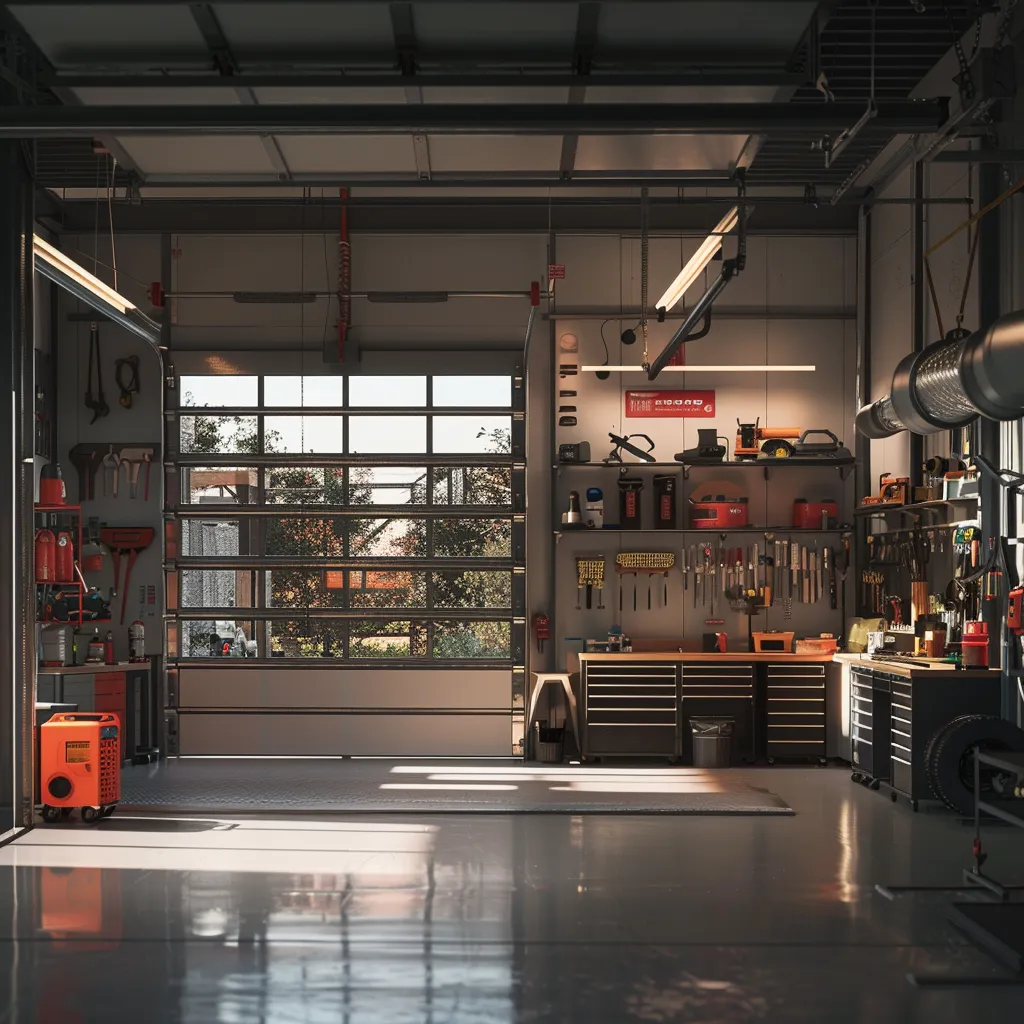
I want to share how regular garage door upkeep benefits you. It helps ensure safe, smooth operation, makes your door and opener last longer, and prevents unexpected breakdowns and costly repairs. I also find that routine care keeps your garage door quieter and meets warranty requirements, setting you up for reliable performance every day.
Ensuring Reliable and Safe Operation
I have learned that regular garage door service keeps my system running smoothly and safely, reducing the risk of accidents. With routine maintenance, I feel more confident that every moving part is in working order, which ultimately saves me time and avoids unexpected expenses. I trust that a well-serviced setup offers extra peace of mind every day.
Extending the Working Life of Your Door and Opener
I’ve seen that regular maintenance not only improves safety but also extends the working life of your door and opener, helping your system last longer with fewer repairs. Routine upkeep, from basic lubrication to thorough inspections, has made a noticeable difference in my own garage door performance and reliability over the years, saving me time and money on unexpected fixes.
Avoiding Unexpected Breakdowns and High Repair Costs
I’ve experienced firsthand how keeping up with a maintenance schedule helps me sidestep unexpected breakdowns and high repair costs by catching issues early on; my regular inspections have saved me from stressful emergency repairs that can blow my budget:
Maintaining Quieter Garage Door Function
I have found that regular garage doormaintenance not only extends the life of your system but also reduces noise significantly. When I service my door, I focus on essential actions, such as:
- Applying high-quality lubricant on moving parts
- Tightening loose hardware
- Adjusting track alignment
This approach ensures that my garage door operates quietly and reliably, giving me peace of mind every day.
Upholding Potential Warranty Requirements
I stick to regular garage door upkeep because it keeps my system running smoothly and helps me meet warranty conditions, which can really ease repair costs down the line. I always follow specific steps to uphold warranty requirements:
- Schedule timely inspections
- Keep detailed service records
- Follow manufacturer guidelines
Balancing DIY Checks With Professional Garage Door Service
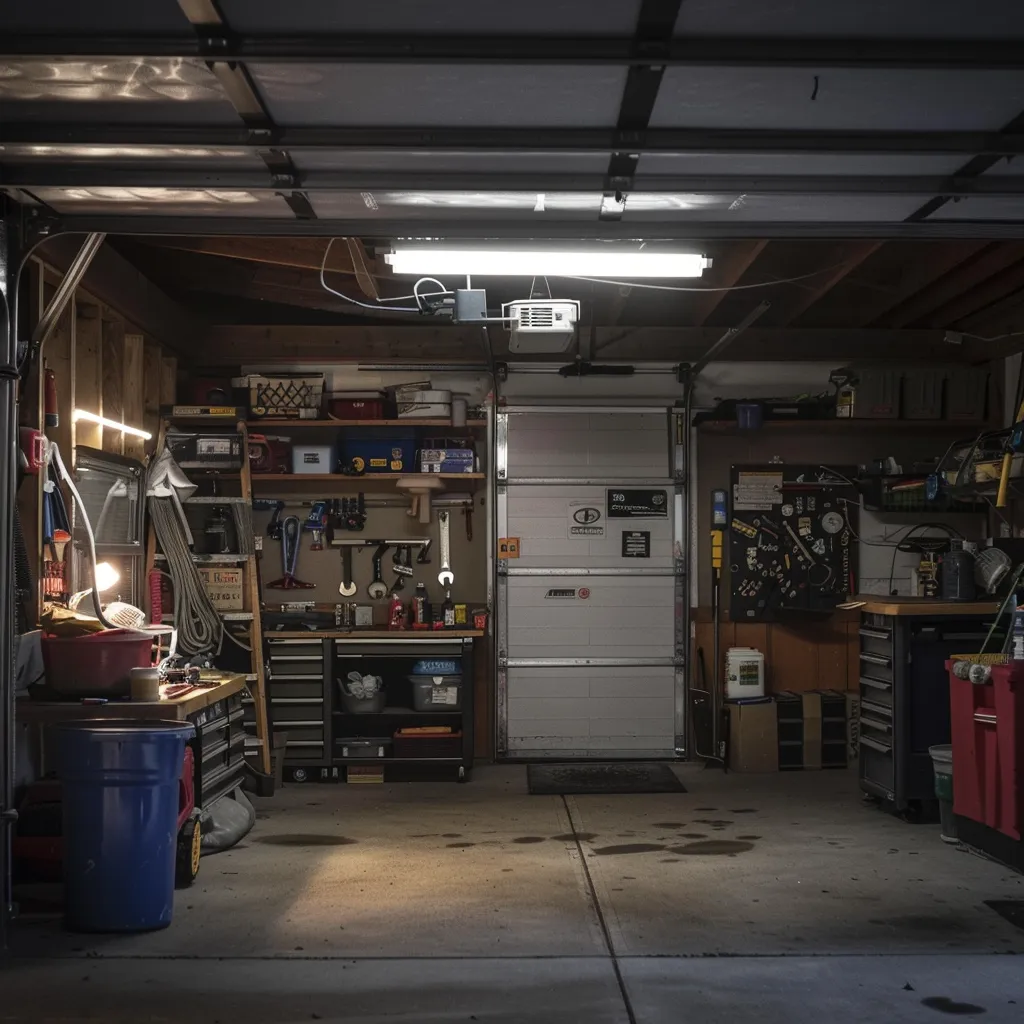
I perform quick monthly checks, ensuring basic lubrication is done safely and safety features work as they should. I also know when it’s time for a professional tune-up. In this section, I share my simple visual checks and tips on testing safety features, along with knowing when a task needs expert help for a full garage door tune-up.
Simple Monthly Visual Checks Homeowners Can Perform
I make it a habit each month to inspect my garage door’s tracks, cables, and springs to spot any potential issues early on. This simple check reassures me that my door remains safe and functional, saving me both time and money on unexpected repairs.
Performing Basic Lubrication Safely
I always ensure I apply a high-quality lubricant to the door’s moving parts safely to prevent unnecessary wear; this simple task is a part of my monthly routine that keeps everything functioning properly:
- Inspect moving parts for visible wear
- Clean off any dirt before lubrication
- Follow manufacturer instructions for the right lubricant amount
Testing Safety Features Between Service Calls
I regularly test my garage doorsafety features between service calls by pressing the reverse sensor to ensure it stops the door when an obstacle is present, and verifying that the emergency release is easily accessible:
Understanding When a Task Requires Expert Help
I’ve learned that when a garage door issue appears more complex than a simple check or lubrication, it’s smart to call in a professional. I notice that tasks like electrical wiring problems or alignment issues demand expert attention to prevent further damage and extra repair costs. This firsthand experience makes me appreciate the balance between DIY checks and relying on skilled technicians for serious repairs.
The Scope of a Full Professional Garage Door Tune-Up
During a full professional garage door tune-up, I ensure that every critical component receives a thorough check, from inspecting electrical connections to verifying mechanical balance. I find that a professional service includes detailed assessments and necessary adjustments such as lubricating moving parts and tightening hardware, which helps maintain optimal performance and prevents unexpected malfunctions over time. This approach not only builds trust in your garage door system but also saves you money by forestalling costly repairs in the future.



